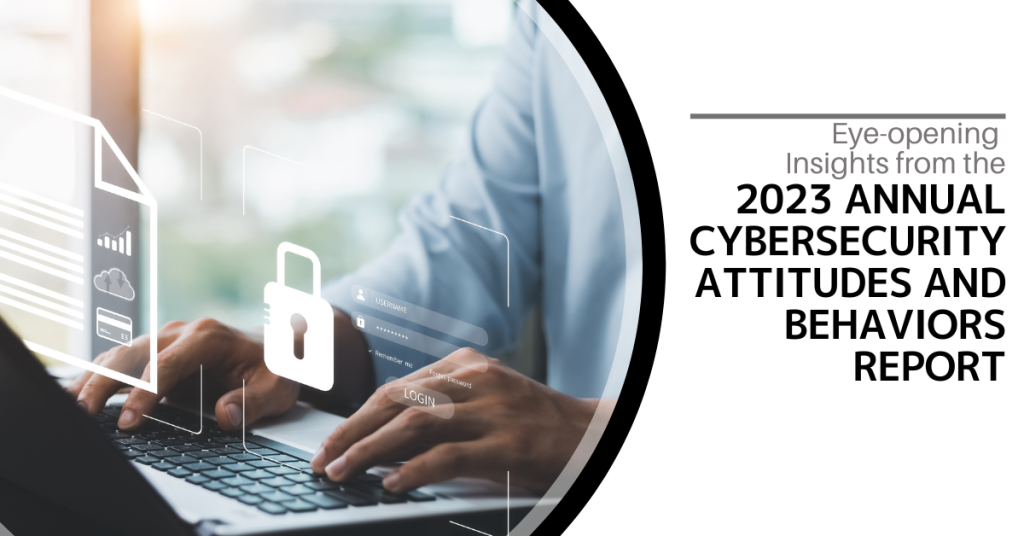
We live in an era dominated by digital connectivity, and you can’t overstate the importance of cybersecurity. As technology advances, so do the threats lurking online. Often, our own actions, such as using weak passwords or having lax security policies, leave us most at risk. This is why human error is the cause of approximately 88% of data breaches.
The National Cybersecurity Alliance and CybSafe are working to improve cyber hygiene. Each year, they publish a report on cybersecurity attitudes and behaviors to educate both individuals and businesses on securing their digital landscapes. This year’s study surveyed over 6,000 people across various countries and revealed some eye-opening insights.
Key Findings:
1. We Are Online… a Lot
93% of participants are online daily, with nearly half having ten or more sensitive online accounts. This increases risk, especially if the same password is used for multiple accounts.
2. Online Security Frustrations
84% feel that online security is a priority, but 39% feel frustrated or intimidated. Despite this, there are best practices that can help safeguard your accounts:
- Enable multi-factor authentication.
- Use an email spam filter to catch phishing emails.
- Add a DNS filter to block malicious websites.
- Follow strong password best practices.
3. Need for Cybersecurity Training
Only 26% of respondents have access to cybersecurity training. Employers can significantly reduce their risk by enhancing security awareness training.
4. Increase in Cybercrime Reporting
27% of participants reported being victims of cybercrime, with phishing, online dating scams, and identity theft being the most common. Millennials reported the most incidents, while Baby Boomers and the Silent Generation reported the fewest.
Online Security Best Practices:
1. Strong, Unique Passwords
Create strong, unique passwords for each account using a mix of letters, numbers, and special characters.
2. Multi-Factor Authentication (MFA)
Enhance account security with MFA, adding an extra barrier to unauthorized access.
3. Regular Software Updates
Keep all software, including operating systems and mobile apps, up to date.
4. Beware of Phishing Attacks
Be cautious with links and attachments, and verify the legitimacy of emails and websites.
5. Use Secure Wi-Fi Networks
Connect to secure, password-protected Wi-Fi networks and avoid public Wi-Fi for sensitive transactions without a VPN.
6. Data Backup
Regularly back up important data to an external device or secure cloud service.
7. Use Antivirus and Anti-Malware Software
Install reputable antivirus and anti-malware software, and regularly scan your systems.
8. Mind Social Media Settings
Adjust your privacy settings on social media and limit visible personal information.
9. Secure Personal Devices
Lock your devices with strong passwords or biometric authentication.
10. Stay Informed
Educate yourself and your team through cybersecurity awareness programs to foster vigilance and preparedness.
By adopting these practices, you can significantly reduce your risk and enhance your online security.